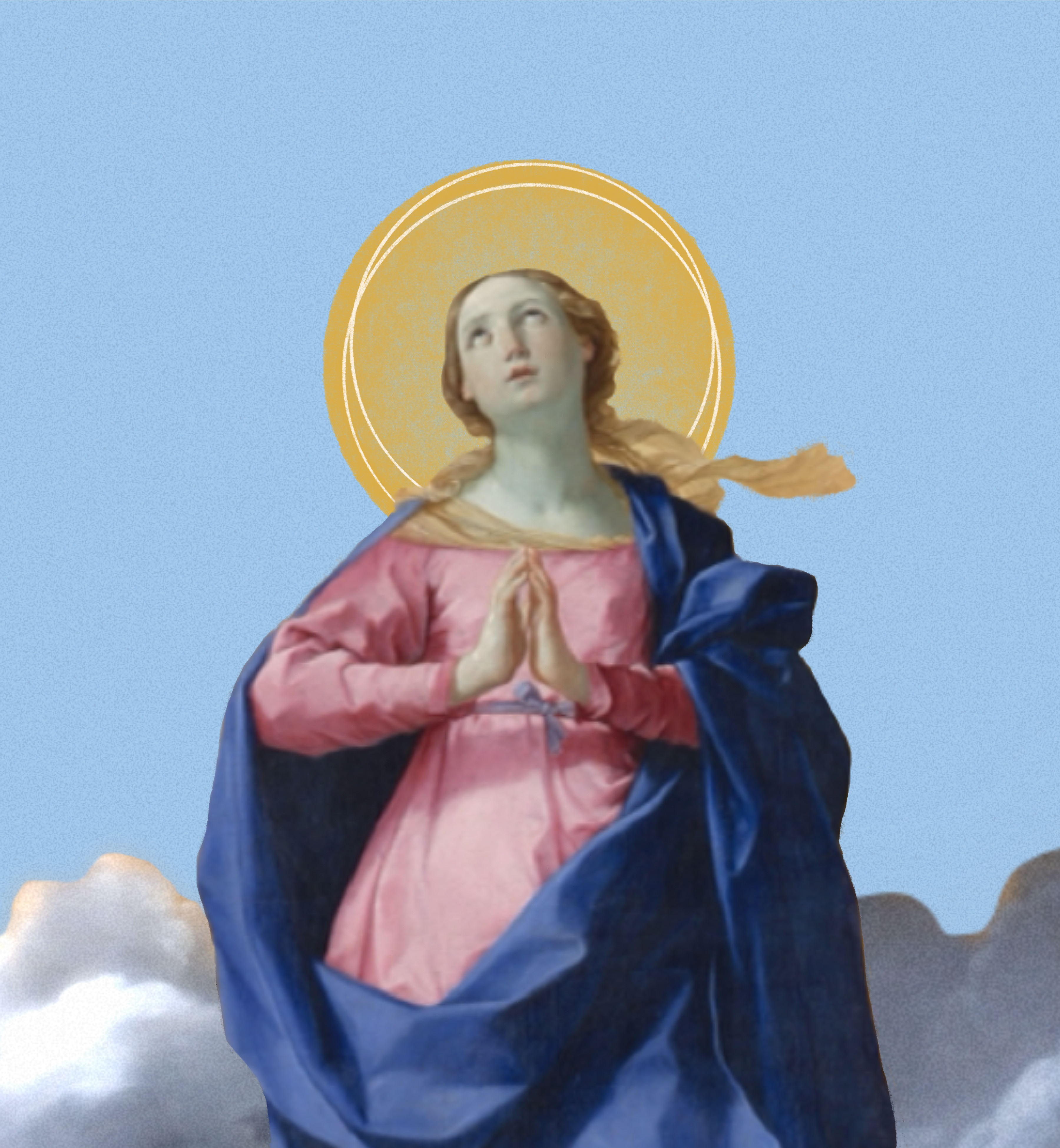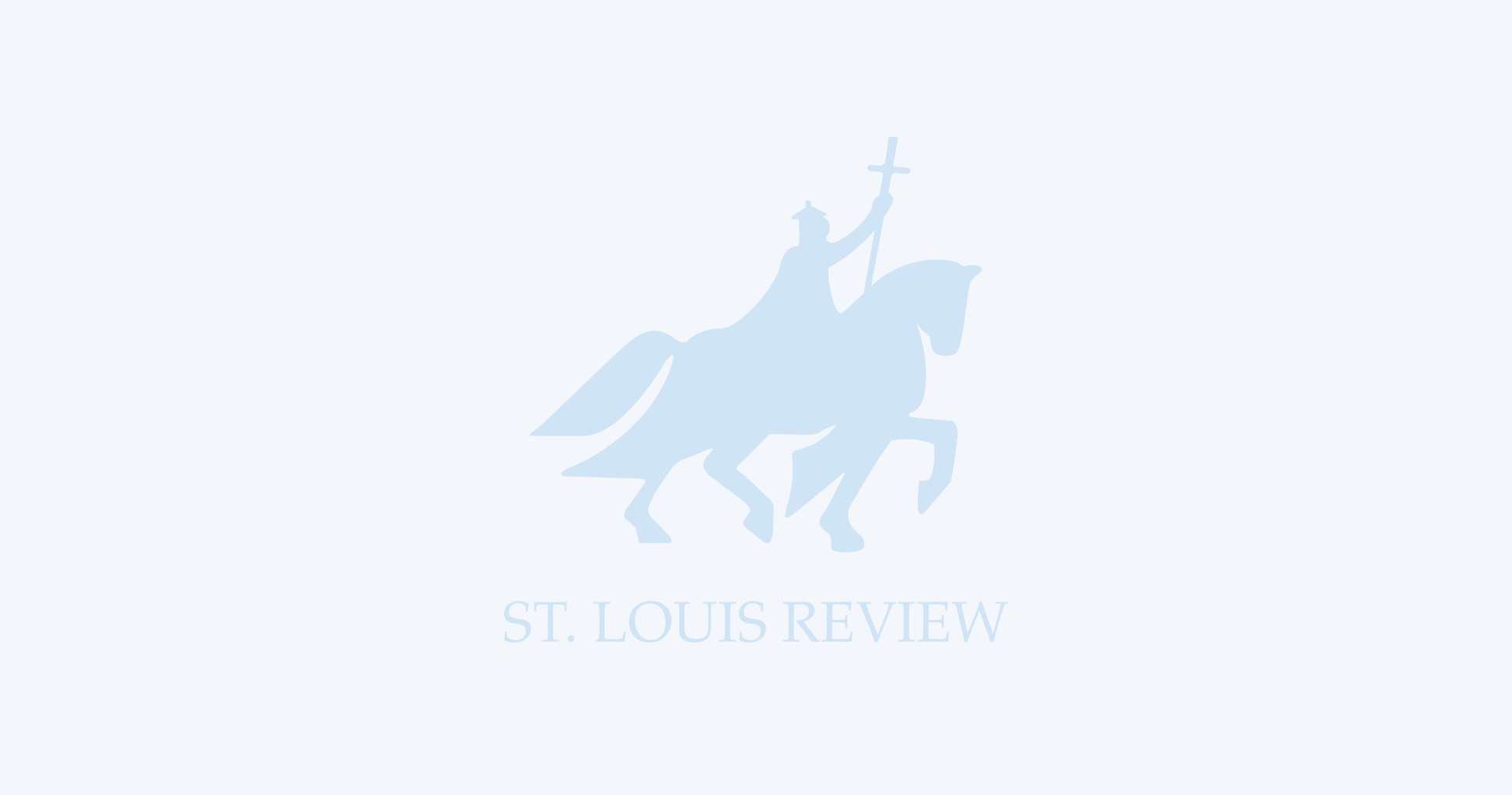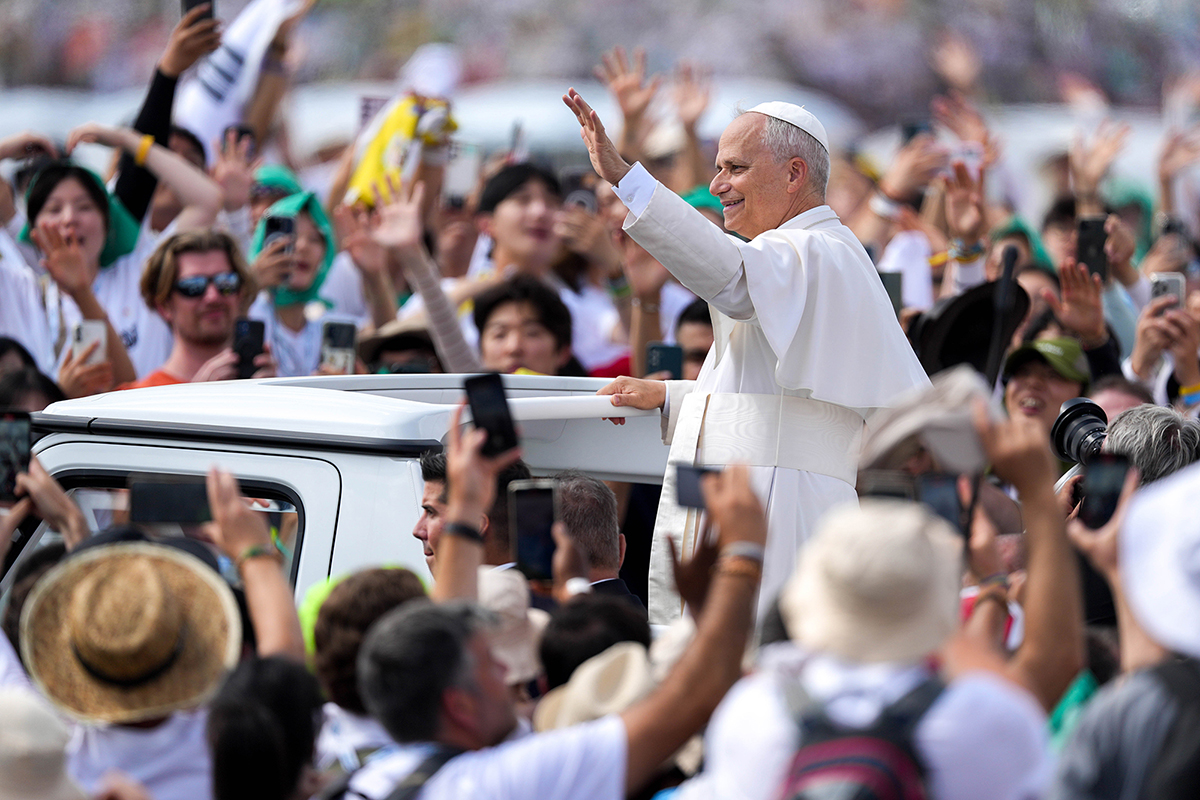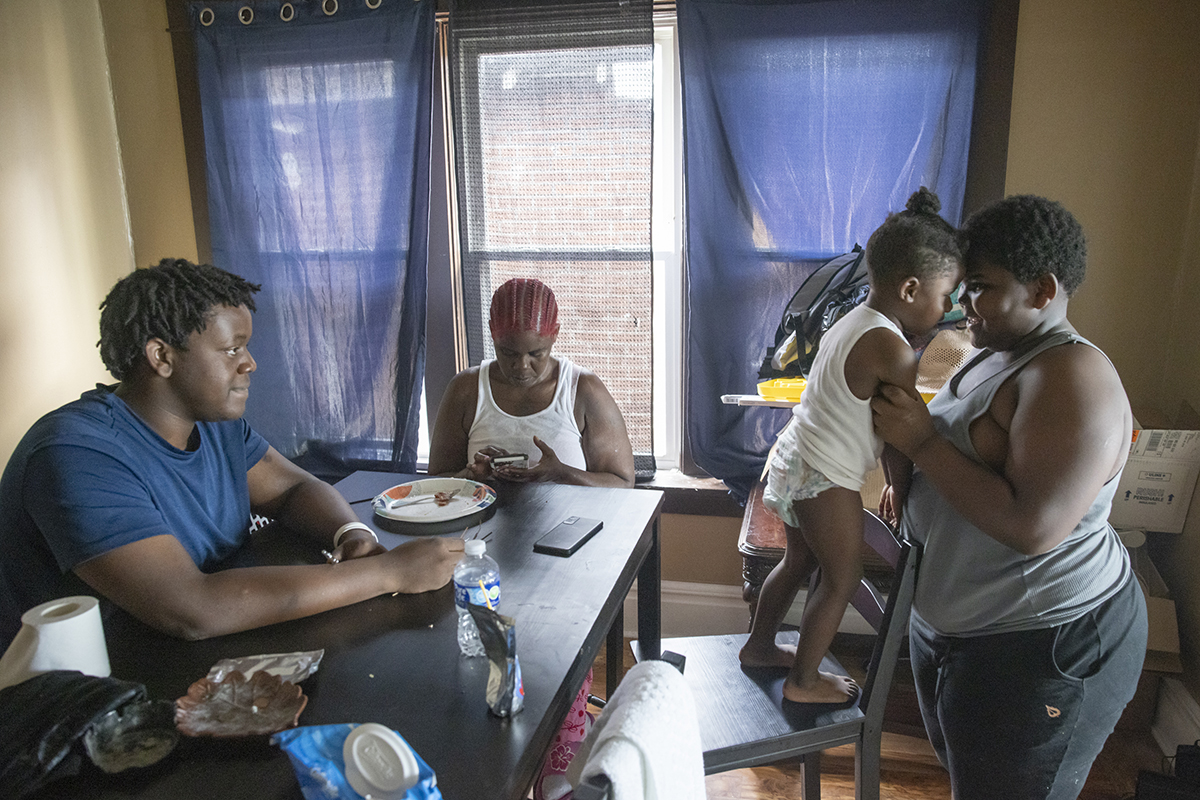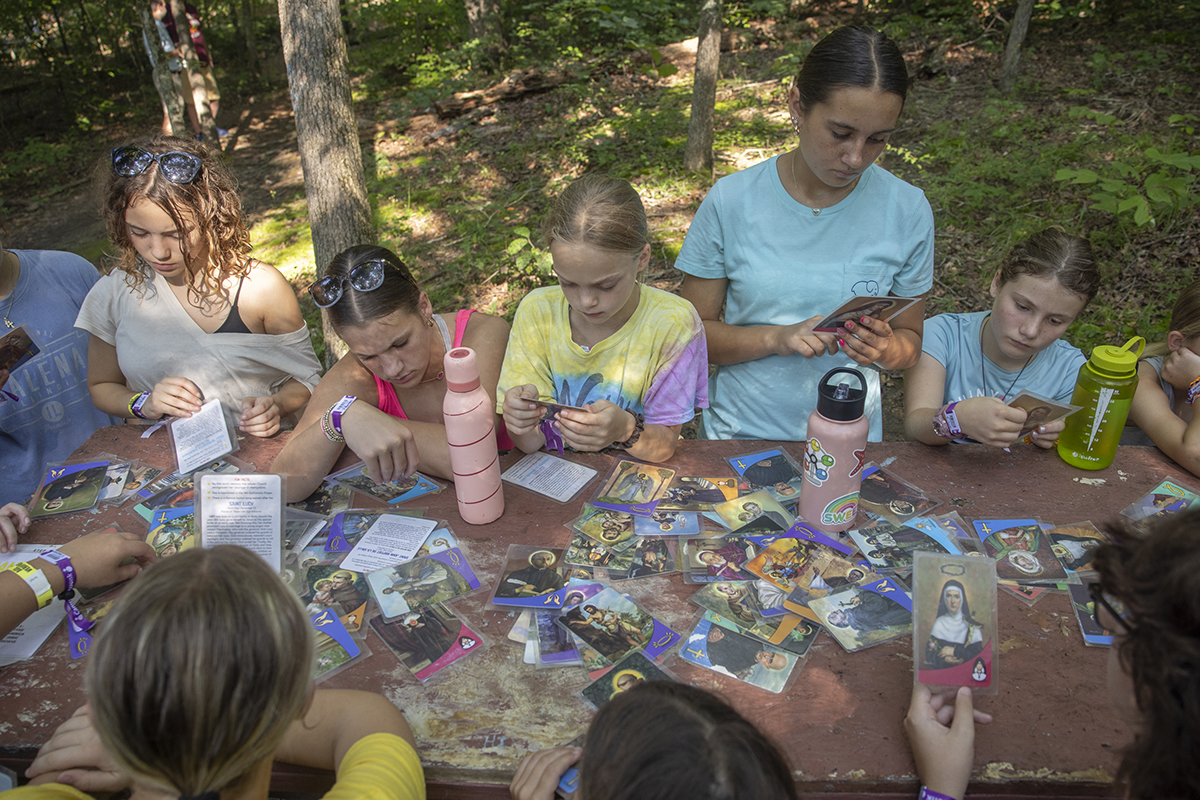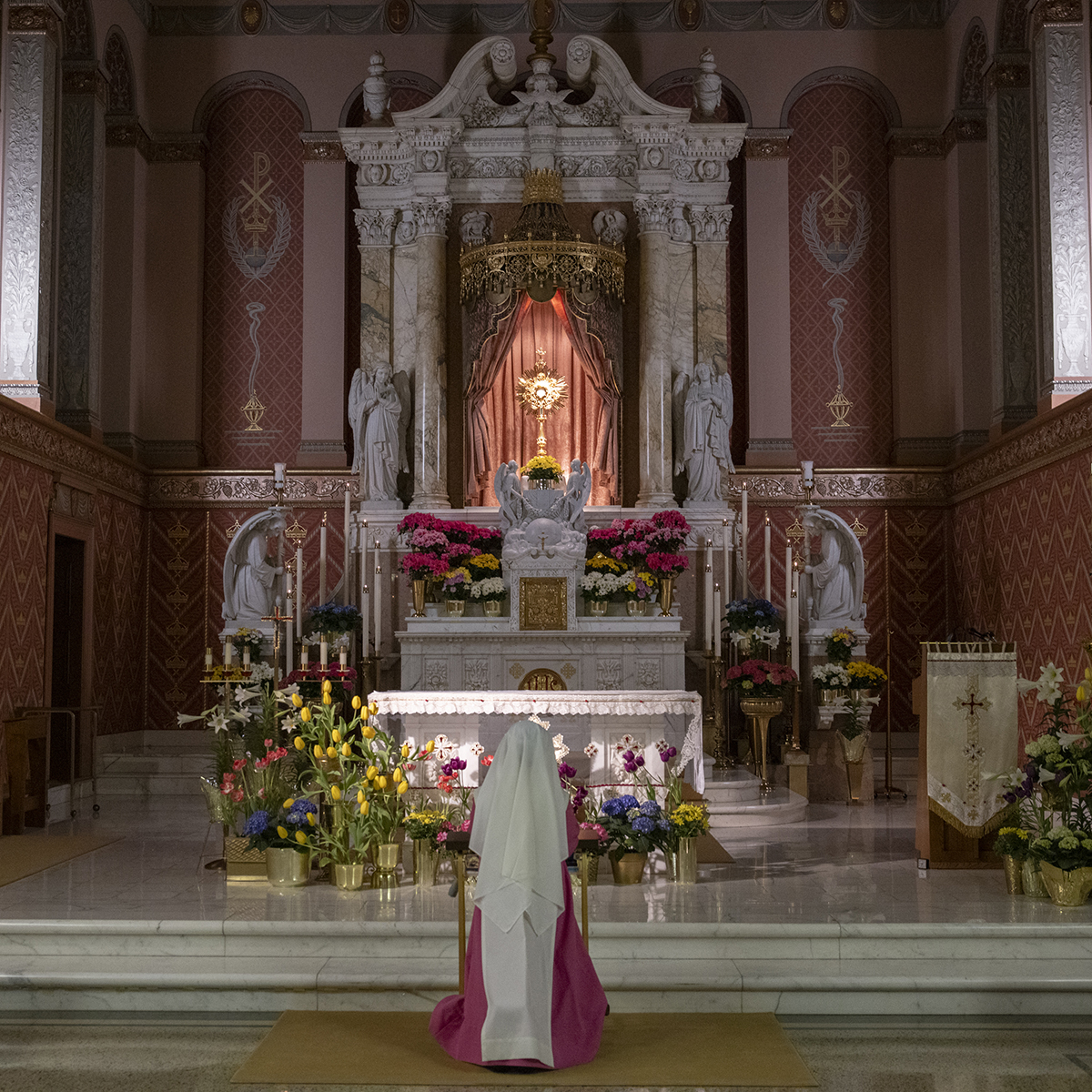What comes next after Pope Francis’ death and funeral?
The timeline of the death and funeral of a pope and the conclave to elect a new pontiff
Timeline
See below for a rough timeline of events following Pope Francis’ death. The cardinals are meeting to determine the exact dates. The videos in the different sections are of Father Jason Schumer, vice-rector of Cardinal Glennon College at Kenrick-Glennon Seminary, discussing the various events.
The pope dies
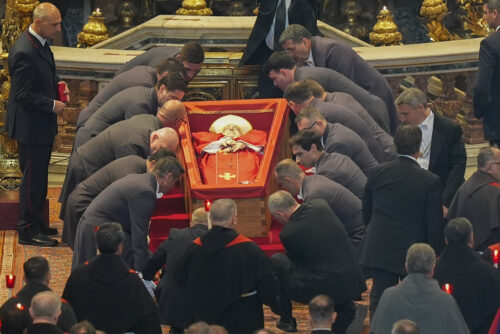
The pope dies. U.S. Cardinal Kevin J. Farrell, the “camerlengo” or chamberlain of the Holy Roman Church, announced to the world that Pope Francis had died April 21 at the age of 88. The ritual verification of the pope’s death takes place in the chapel of his residence and is presided over by the chamberlain, assisted by the dean of the College of Cardinals, the master of papal liturgical ceremonies and the physician who cared for the pope. The chamberlain also is responsible for placing seals on the pope’s study and bedroom and officially notifying the cardinal vicar for Rome and the archpriest of St. Peter’s Basilica.
The ritual verification and the announcement of Pope Francis’ death took place April 21.
Interregnum – Time between the death of the pope and election of a new pope
During the interregnum, the day-to-day activities that directly involve the pope come to a halt.
Papal funeral – Funeral takes place four to six days after the pope’s death
The papal funeral and burial typically occur four to six days after the pope’s death. On April 22, the Vatican announced that the public viewing of Pope Francis’ body would be from April 23-25, and the funeral Mass will be celebrated April 26 at St. Peter’s Basilica. The Mass begins at 10 a.m. local time in Rome, or 3 a.m. CDT in St. Peter’s Square at the Vatican. Cardinal Giovanni Battista Re, dean of the College of Cardinals, will preside over the Mass. Bishops, cardinals and priests from around the world will concelebrate. Vatican News will livestream the Mass on its YouTube channel, https://www.youtube.com/vatican. Other news outlets, including EWTN, will also broadcast the funeral Mass live, and several radio stations will carry programing.
General congregations – Meetings to prepare for the conclave take place prior to the start of the conclave
Following a vacancy, the College of Cardinals convene in Rome for a series of general congregations to discuss the needs of the Church. On April 22, the Vatican said that about 60 cardinals who were already present in Rome held the first meeting, deciding on when to hold Pope Francis’ funeral and selecting three cardinals who will serve a three-day term to assist the chamberlain of the Church, U.S. Cardinal Kevin J. Farrell. They hosted a second meeting April 23. At that time, several cardinals participating in the meetings emphasized that they are still mourning the pope, and not yet discussing plans for the conclave.
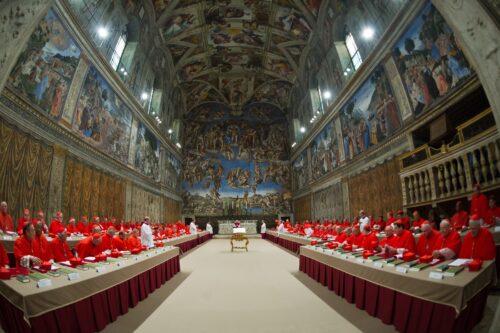
Conclave – Conclave must begin no sooner than 15 days and no later than 20 days after the vacancy
The papal conclave is where cardinals gather to elect a new pope.
When a cardinal receives the necessary two-thirds vote, the dean of the College of Cardinals or the senior cardinal-bishop in the conclave asks the man if he accepts his election.
The senior cardinal deacon announces from the balcony of St. Peter’s “Habemus Papam” (“We have a pope”) before the new pope processes out and imparts his blessing on the city of Rome and the entire world.
The new pope assumes office immediately upon being elected and accepting the election, and his formal inauguration generally takes places several days after that.
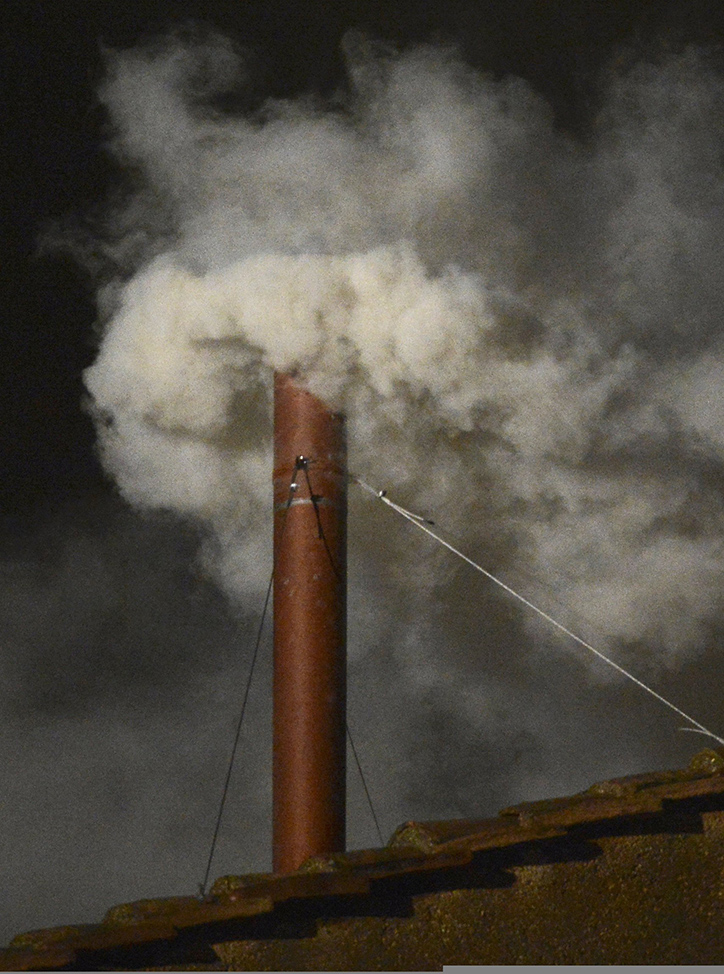
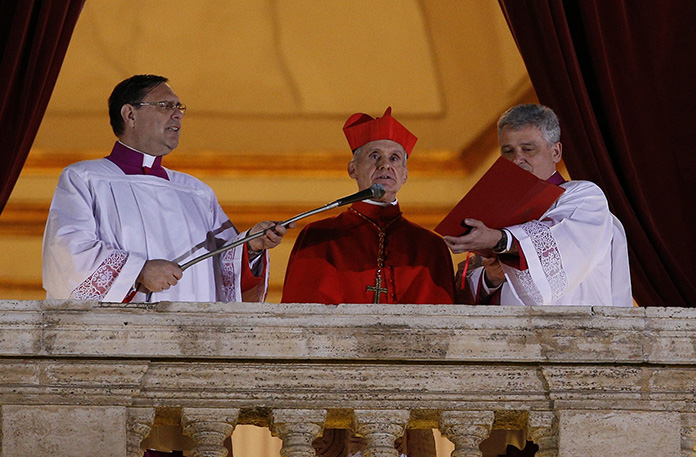
Precise rules govern what happens in period between popes
By Cindy Wooden, Catholic News Service
VATICAN CITY — Centuries of experience dealing with the death, or occasional resignation, of a pope has left the Catholic Church with thorough instructions detailing who has responsibility for planning the funeral, preparing for the election of a new pope and taking care of essential business in the meantime.
The instructions are found in St. John Paul II’s 1996 apostolic constitution, “Universi Dominici Gregis,” which was revised by Pope Benedict XVI in 2007 and again just before he resigned in 2013.
The funeral and burial of a pope who dies in office should take place “between the fourth and sixth day after death,” the document said. The exact date is determined at a meeting of all the cardinals able to reach the Vatican immediately after the papal death.
The cardinals also determine when the conclave to elect a new pope should begin, although Pope Benedict’s update of “Universi Dominici Gregis” states that it should be at least 15 days from the death or resignation of the pope and can be no more than 20 days since the vacancy of the papacy.
An earlier start is possible, he said, “if it is clear that all the cardinal electors are present.” Cardinal electors are those who were under the age of 80 on the day the pope died or resigned.
The funeral marks the start of a mandated nine-day period of official mourning. For the next eight days other memorial Masses are celebrated in St. Peter’s Basilica. The nine-day period is known as the “novendiales.”
With the death of a pope, most top-level Vatican officials — including the prefects of dicasteries — lose their jobs, but that does not mean most Vatican employees get time off. Regular business continues with dicastery secretaries overseeing the steady flow of paperwork, correspondence and meeting planning.
However, the publication of documents, the nomination of new bishops and the approval of statutes for Catholic universities and religious orders are suspended. Anything that must be issued in the name of the Vatican or in the name of the pope must await the election of a new pope and the re-confirmation or appointment of prefects for the various offices.
The two senior Vatican officials who retain their titles and responsibilities are the “camerlengo” or chamberlain, currently U.S. Cardinal Kevin J. Farrell, whose job begins in earnest when a pope dies or resigns, and the head of the Apostolic Penitentiary, Cardinal Angelo De Donatis. The Apostolic Penitentiary is a Vatican court dealing with matters related to the sacrament of confession and to indulgences, so keeping him in office ensures the possibility of absolution for penitents guilty of serious sin and seeking forgiveness.
“Universi Dominici Gregis” also specified that “the almoner of His Holiness will also continue to carry out works of charity in accordance with the criteria employed during the pope’s lifetime.” That position is held by Cardinal Konrad Krajewski, who also is prefect of Dicastery for the Service of Charity.
Everything having to do with the funeral and with preparations for the conclave to elect Pope Francis’ successor belongs to the College of Cardinals.
The rites and rituals used — from the formal verification of the pope’s death to the eight memorial Masses after the funeral — are published in the “Ordo Exsequiarum Romani Pontificis” (“Funeral Rites of the Roman Pontiff”), originally approved by St. John Paul II in 1998, but published only the day after his death in 2005.
In late 2024, the Vatican released a newer, simplified version on the orders of Pope Francis.
The physician who directs the Vatican health care service provides a civil certification of the pope’s death, including its cause.
But the ritual verification of the pope’s death takes place in the chapel of his residence and is presided over by the chamberlain, assisted by the dean of the College of Cardinals, the master of papal liturgical ceremonies and the physician.
The chamberlain also is responsible for placing seals on the pope’s study and bedroom and officially notifying the cardinal vicar for Rome and the archpriest of St. Peter’s Basilica.
Before the conclave, all the cardinals — including those over 80 — participate in “congregations.”
The “general congregation,” with all the cardinals, handles “important matters,” according to “Universi Dominici Gregis,” while “questions of lesser importance which arise on a daily basis or from time to time” are handled by the “particular congregation.”
The document says the cardinals draw lots to determine the three cardinals who will assist the camerlengo by serving three-day terms as members of the “particular congregation.” However, Pope Francis’ apostolic constitution on the Roman Curia, “Praedicate Evangelium,” said that “one of these is the Cardinal Coordinator of the Council for the Economy,” currently German Cardinal Reinhard Marx of Munich and Freising.
The general congregation meets under the leadership of the dean, Cardinal Giovanni Battista Re, and besides setting the date for the funeral and for the conclave, it is responsible for:
• Ensuring that a commission of their members prepares the Domus Sanctae Marthae, the Vatican residence where Pope Francis lived, for the cardinals during the conclave. Rooms will be assigned by lot.
• Preparing the Sistine Chapel for the election of a new pope.
• Assigning two clerics “known for their sound doctrine, wisdom and moral authority” to prepare meditations for the cardinals on problems the church faces and on choosing the next pope.
• Approving the expenditures associated with the death of the pope.
• Arranging for the destruction of the papal fisherman’s ring and the lead seal that had marked Pope Francis’ letters.
Although not as secret as the conclave, the cardinals and those assisting them at the meetings of the general congregation take an oath of secrecy regarding “all matters in any way related to the election of the Roman Pontiff or those which, by their very nature, during the vacancy of the Apostolic See, call for the same secrecy.”
During the general congregation meetings, the cardinals have the services of translators working in Italian, Spanish, English, French and German, as well as ushers and other aides.
